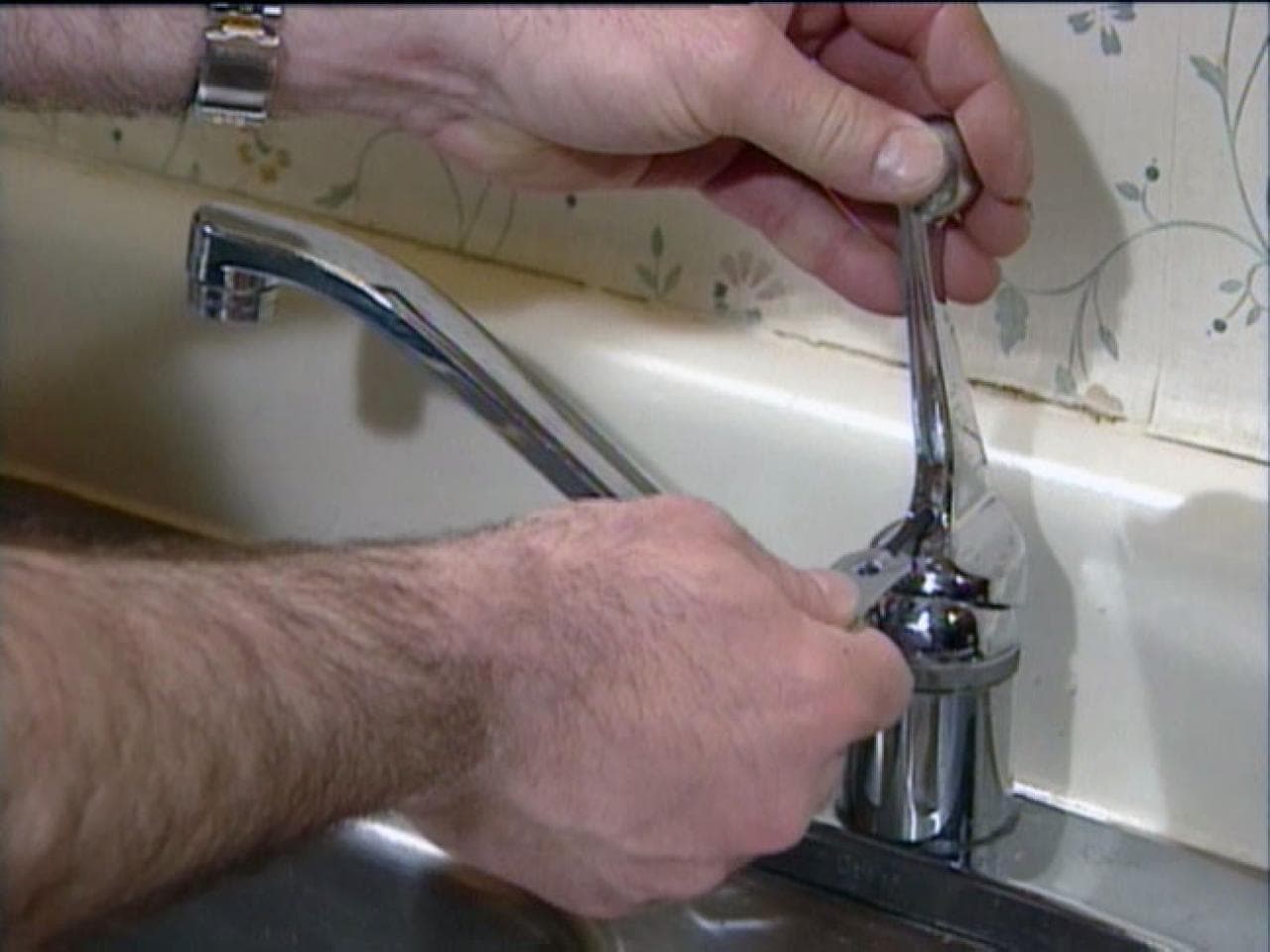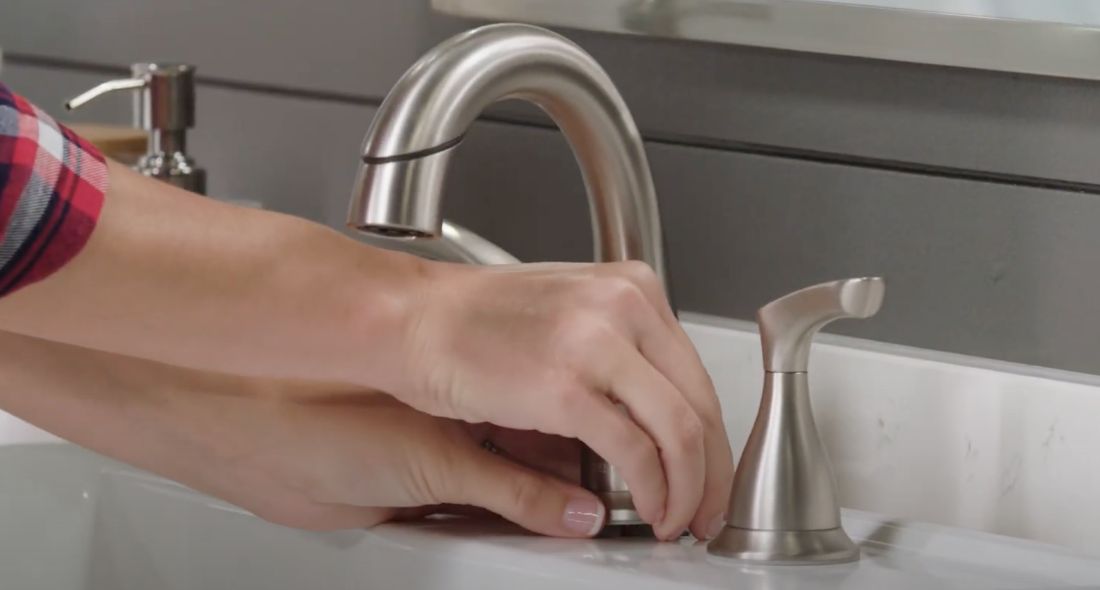Exploring the Significance of Resolving a Leaking Faucet
Exploring the Significance of Resolving a Leaking Faucet
Blog Article
What are your thoughts about Why Is It Important To Fix Your Leaking Tap/Faucet??

Trickling taps may seem like a small hassle, but their effect goes beyond simply the aggravation of the sound. From drainage to incurring unnecessary monetary prices and health dangers, neglecting a trickling faucet can cause different effects. In this article, we'll look into why it's crucial to address this usual household issue promptly and successfully.
Waste of Water
Ecological Effect
Leaking taps contribute substantially to water waste. According to the Epa (EPA), a single tap dripping at one drip per second can lose more than 3,000 gallons of water annually. This not just pressures water sources however also impacts communities and wildlife dependent on them.
Financial Expenses
Boosted Water Costs
Beyond the environmental influence, dripping taps can pump up water expenses substantially. The gathered wastefulness in time equates right into higher utility expenditures, which can have been stayed clear of with timely repair work.
Possible Property Damages
Moreover, long term leaking can result in harm to components and surfaces bordering the tap. Water accumulation can trigger staining, corrosion, and also architectural concerns if left unattended, resulting in extra repair expenses.
Wellness Issues
Mold And Mildew and Mildew Growth
The consistent existence of dampness from a dripping faucet produces an ideal atmosphere for mold and mildew and mildew growth. These fungis not only endanger interior air quality but likewise position health threats, especially for people with respiratory system conditions or allergies.
Waterborne Conditions
Stagnant water in trickling taps can come to be a breeding place for germs and other virus, boosting the risk of waterborne diseases. Pollutants such as Legionella bacteria prosper in stagnant water, possibly resulting in major diseases when consumed or inhaled.
DIY vs. Professional Repair work
Benefits and drawbacks of DIY Repair Work
While some may attempt to repair a dripping faucet themselves, DIY repair services include their very own set of difficulties. Without appropriate understanding and tools, DIY attempts can exacerbate the concern or result in insufficient fixings, lengthening the trouble.
Benefits of Hiring a Specialist Plumber
Employing a professional plumber makes sure that the underlying source of the leaking faucet is attended to efficiently. Plumbers have the knowledge and tools to identify and fix tap issues successfully, saving time and lessening the threat of more damage.
Step-by-Step Guide to Taking Care Of a Dripping Tap
Tools Called for
Prior to trying to fix a trickling tap, gather the required tools, consisting of a flexible wrench, screwdrivers, replacement components (such as washers or cartridges), and plumber's tape.
Typical Faucet Issues and Their Solutions
Recognize the sort of tap and the specific issue triggering the drip. Usual troubles consist of worn-out washers, corroded shutoff seats, or faulty O-rings. Describe maker directions or on-line tutorials for detailed assistance on repair services.
Safety nets
Normal Maintenance Tips
To stop dripping faucets, perform routine upkeep such as cleaning aerators, inspecting for leakages, and changing damaged components immediately. Furthermore, consider mounting water-saving devices or updating to a lot more effective fixtures.
Importance of Prompt Fixes
Resolving trickling taps as quickly as they're seen stops additional water wastage and possible damage, inevitably conserving both water and money in the future.
Influence On Home Value
Assumption of Well-Maintained Property
Keeping a property in good condition, consisting of addressing maintenance concerns like leaking taps, boosts its regarded worth and value among potential customers or renters.
Influence on Resale Worth
Qualities with well-maintained plumbing components, including taps, command higher resale worths in the real estate market. Addressing leaking taps can add to a favorable impression throughout residential or commercial property evaluations and negotiations.
Environmental Responsibility
Specific Contribution to Preservation
Taking responsibility for fixing leaking faucets aligns with more comprehensive efforts toward water preservation and environmental sustainability. Every individual's actions collectively make a considerable impact on preserving precious sources.
Sustainable Living Practices
By prioritizing prompt repairs and adopting water-saving practices, individuals contribute to sustainable living methods that benefit both present and future generations.
Final thought
Attending to a leaking tap goes beyond simple ease; it's a vital action toward conserving water, lowering financial prices, and guarding health and wellness and home. Whether via do it yourself fixings or expert help, acting to fix dripping faucets is a little yet impactful method to promote liable stewardship of sources and contribute to a much healthier, much more lasting future.
How to Fix a Leaky Faucet: Step-by-Step Repair Guide
A leaky faucet may seem like a simple annoyance, but if it's not fixed promptly, that leak could cost hundreds to potentially thousands. From water damage to mold, mildew, and high water bills, even a tiny leak can be catastrophic if left unattended. Damage like this can even affect the overall value of your home, so it's important to take the right approach for leaky faucet repair. You may need the help of a plumber in some cases, but we've got a few tips you can try on how to fix a leaky faucet before calling the pros.
Four Faucet Types
When you're learning how to fix a leaky faucet, the first step is knowing what kind of faucet you're working with! There are four common types.
Cartridge Faucets
Cartridge faucets come in one- or two-handled varieties. In one-handled cartridge faucets, hot and cold water combines in a single cartridge. In the two-handled versions, hot and cold water are controlled separately and mixed in the faucet.
Ball Faucets
Ball faucets have a single lever you push up and down to adjust the pressure and rotate to change the temperature. A slotted metal ball controls the amount of water allowed into the spout.
Compression Washer Faucets
They're the oldest type of faucet, but they're still used in many homes — especially older ones. Compression faucets have two separate handles that, when turned, raise or lower the washer that seals a water valve. This valve stops water from flowing through the faucet when it is turned off.
Disc Faucets
Disc faucets rarely need to be repaired due to their maintenance-free design. The water flow is controlled by two discs — the upper one raises and lowers against a fixed lower disc, creating a watertight seal. If your disc faucet starts leaking, you may need to replace the seals or clean residue buildup from the inlets.
Fixing a Leaky Faucet
Step 1: Turn Off the Water
Whether you're learning how to fix a leaky bathtub faucet or how to fix a leaky kitchen faucet, always turn off the water supply to your working area when you're fixing a leak. The last thing you want is a flood added to your list of things to fix.
Look for the shutoff valves below your sink or around the tub and turn them clockwise to stop the water flow. If your faucet doesn't have shutoff valves, you may need to turn off the water for the whole house. Check to make sure it's off by turning the faucet on. If nothing comes out, you're ready to start the repair.
Step 2: Take Apart the Faucet
How you disassemble your faucet depends on the type of fixture you have. You can use a flathead screwdriver to remove the caps on top of the handle or handles for cartridge and compression faucets. Inside, you should see handle screws. Unscrew these with a screwdriver to remove the handle.
Disc- and ball-style faucets will typically have an inlet screw near the handle, and removing that will reveal the interior of the faucet.
Detach the Valve Stem
For cartridge- and compression-style faucets, you'll see the inner valve stem or cartridge once you remove the faucet handles. If you have a compression faucet, unscrew the brass valve stem. If you have a cartridge faucet, pull out the cartridge. If your cartridge has been in place for a while, it may require some tools or extra force to remove it due to mineral deposits.
Examine and Replace Parts
Once you've removed the parts, check them out to confirm what needs to be replaced. You may see corroded rubber washers, O-rings, stems, or cartridges. On a ball-style faucet, check the seats and springs for damage.
If you need to repair a leaky disc faucet, check the inlet and seals on the lower disc.
Once you determine what parts must be replaced, visit your local hardware store. Bring the damaged parts with you to ensure you can purchase the correct components to replace them.
Clean Valves and Faucet Cavity
If you've removed a stem or cartridge, you may notice mineral buildup in the faucet's threads. Use white vinegar to clean the valve seat by soaking it for a few minutes, then scrub it away with a soft toothbrush and rinse with warm water. You can also clean the interior of the faucet in the same way.
Reassemble the Faucet
Once your faucet is cleaned and the required parts have been replaced, it's time to reassemble it. Put the pieces back together and slowly turn the water supply back on. Doing this slowly is crucial because too much initial water pressure can damage the new hardware you've just installed.
https://homewarranty.firstam.com/blog/how-to-fix-leaky-faucet

Do you like more info about Why Are My Faucets Dripping (And Can I Fix It Myself)?? Make feedback directly below. We'd be pleased to listen to your opinion about this piece. We hope to see you back again in the near future. Enjoyed our review? Please share it. Help another person find it. Thanks a lot for being here. Kindly check up our blog back soon.
Report this page